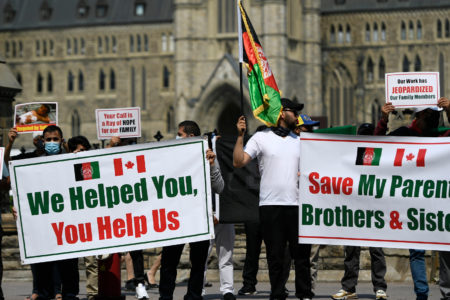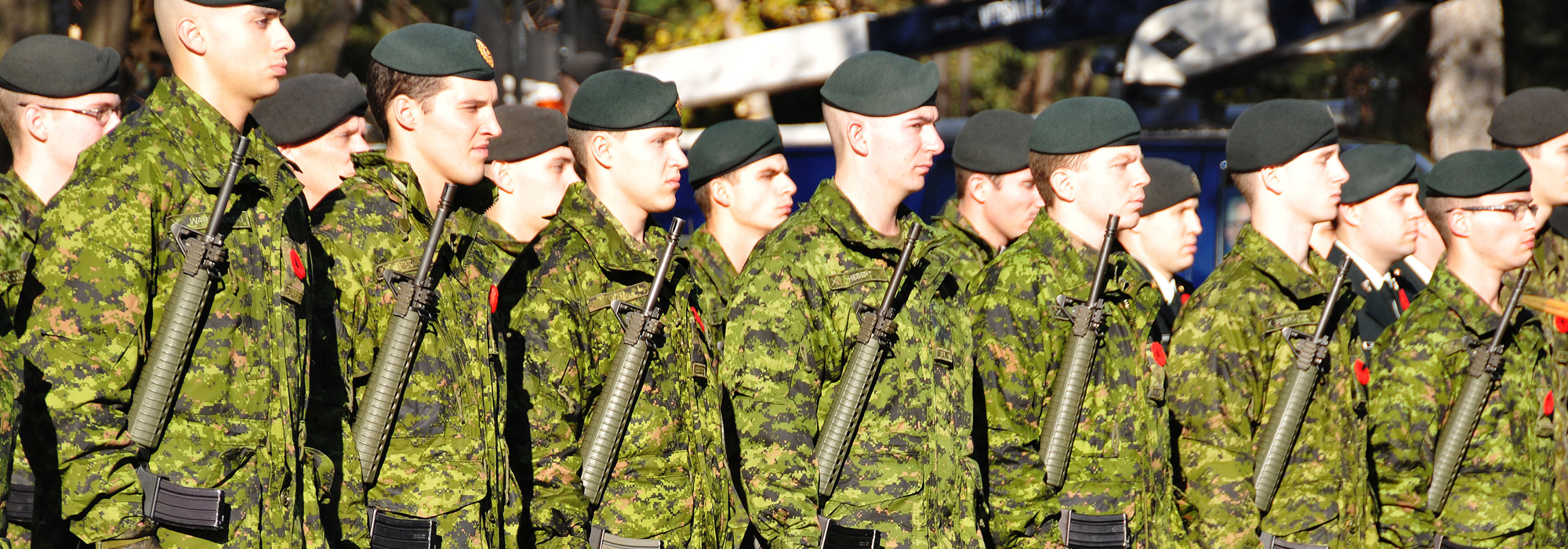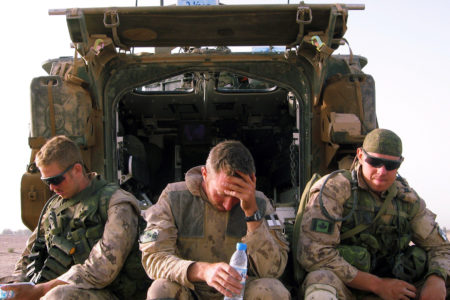
Last year I blogged about the decline in Canadian military spending as a percent of gross domestic product (GDP). The most recent figures at that time were for 2013. I noted that defence spending had fallen to 1.00 percent of GDP—down from 1.13 percent in 2006, when the Harper government entered office.
In 2015, only four of NATO’s 28 members are expected to spend less than Canada on defence as a percent of GDP.
I recently looked up the figures for 2014 and added them to the chart below. Canada’s defence spending is down again—to 0.98 percent of GDP. It’s a small decline from 2013, but significant for two reasons: first, because the reduction continues, and second, because Canada’s spending has now fallen to less than half of NATO’s 2 percent target.
 The chart also highlights a striking longer-term trend. As Robert Greenhill and Meg McQuillan pointed out in their recent report on Canada’s “global engagement gap,” Canadian defence expenditure as a percent of GDP has been falling since the Mulroney years. In 2014, we came in last among G-7 countries for the first time.
The chart also highlights a striking longer-term trend. As Robert Greenhill and Meg McQuillan pointed out in their recent report on Canada’s “global engagement gap,” Canadian defence expenditure as a percent of GDP has been falling since the Mulroney years. In 2014, we came in last among G-7 countries for the first time.
Some argue that percent of GDP is a poor indicator that measures neither the quality of a military nor a country’s ability and willingness to deploy effective forces. This is true, but only to a point. The measure remains important. NATO members have decided that it is a significant indicator, and it serves as a benchmark to examine trends in Canadian spending in relation both to previous years and to other countries’ levels of defence spending.
Speaking of other countries, take a look at one more chart, below, which ranks NATO countries according to this measure. Very few NATO members meet the two percent target; Canada is not alone. But the chart also shows that only five NATO countries spent less than Canada on defence as a percent of GDP. That’s in an alliance of 28.
Now look at the black bars (the lines that end in sideways ‘t’ shapes). These show estimated expenditures for 2015. They indicate that, this year, only four NATO members are expected to spend less than Canada.
One of them is Luxembourg.
 Source: https://www.wsj.com/articles/nato-calls-for-rise-in-defence-spending-by-alliance-members-1434978193
Source: https://www.wsj.com/articles/nato-calls-for-rise-in-defence-spending-by-alliance-members-1434978193
This commentary first appeared on the CIPS Blog, Centre for International Policy Studies, University of Ottawa.
Photo: Meunierd/Shutterstock






